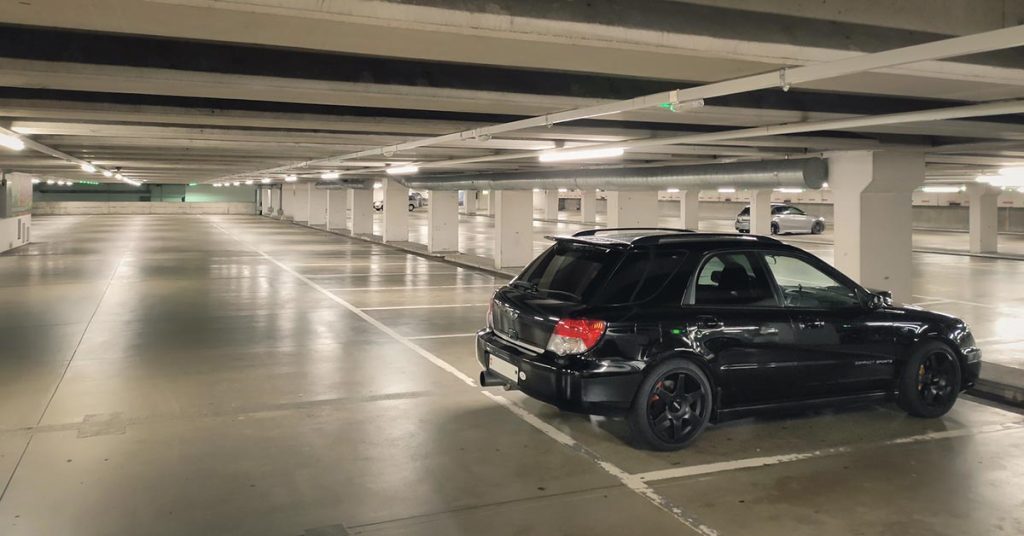Five years and a pandemic later, the NSW Parking Space Levy (PSL) is being reviewed again.
On the 17th November, TfNSW closed the initial stakeholder feedback process. Next, is the preparation of the draft legislation, followed by a second round of consultation.
According to Transport for NSW (TfNSW), the levy is meeting its objectives of reducing congestion and funding public transport alternatives and therefore, they have no plans to remove it.
PSL Background
The PSL Regulation was introduced in 1992 to discourage private vehicle usage and fund better public transport. The ultimate goal was to reduce traffic congestion. Currently, the PSL applies to non-residential parking spaces in six areas which are categorised into two different groups:
Category 1 – cost $2,800 per space per year. It applies to Sydney’s CBD and North Sydney/Milsons Point.
Category 2 – cost $1,000 per space per year. It applies to Bondi Junction, Chatswood, Parramatta and St Leonards.
Over the last two years, the Government has collected around $100 million per year through the PSL. The budget estimates a revenue of $102 million for this financial year and $107 for the following year.
The PSL funds were applied to major projects such as the Sydney Light Rail which received $189.7 million in PSL contribution. Other projects include and Sydney Metro, new commuter car parks, bus interchanges and bike lockers.
2023 Review
In the initial step of the review, TfNSW aimed to gather input on the following key aspects:
- Areas where PSL should apply taking into consideration broader transport and planning objectives.
- PSL categories and the PSL rates for each category.
- Policy rationale for providing exemptions under PSL.
- Strategic framework for allocating PSL funds.
- Engagement with local communities to shape the future of PSL and projects funded under PSL.
- Innovation in how the PSL is administered to reduce reporting burdens on parking space owners.
The second round of consultation will occur at the beginning of 2024 to collect feedback on the draft regulation.
his is an opportunity for stakeholders to actively participate in the process, as some concerns have arisen. We have summarised below some key points.
Points 1 and 2 – PSL areas, categories and rates
TfNSW is looking into potentially changing the criteria for the current categories and applying specific metrics to determine a clear and objective categorisation system. This may result in the addition of new areas to existing categories, the creation of new categories and/or areas being moved to different categories. Therefore, property owners and Councils would potentially face unexpected PSL charges that could place pressure on the profitability of existing assets.
Councils are in a unique situation in this matter. They are parking space owners, so pay levy. At the same time, they provide services for public benefit and payment of the levy can potentially impact the extent of services they could otherwise provide.
Point 3 – PSL exemptions
Amongst other things, TfNSW questioned whether on-street parking should be treated in the same way as off-street parking. This would bring an additional administrative burden to Councils to comply with PSL requirements.
On this topic, there may also be the opportunity to discuss the use of PSL exemptions to encourage sustainable practices that might benefit the broader community, such as treating spaces with electric vehicle charging points differently or recognising car parks that invest in solar energy and sustainability.
Other aspects being discussed on exemptions include:
- alternatives to record free space exemptions via a more automated and technical approach.
- potential for removing or reducing exemptions and create a lower, more widely applicable fee.
Point 4 and 5 – Allocation of funds
In addition to funding major projects, PSL could contribute more to the communities where it is applied by investing in first/last mile solutions and active transport infrastructure, for example.
TfNSW aims to create a strategic framework to determine and prioritise investments as well as increase transparency in fund allocation.
Point 6 – Administrative Procedures
Parking owners within leviable areas currently face administrative burdens to submit their PSL annual return. TfNSW would like to explore opportunities to improve the current processes which could alleviate administrative requirements. A review of the process could benefit property owners and potentially reduce operational costs.
Changes are anticipated to come into effect on 1 July 2024 – timing of the announcements relative to annual budget cycles may present an obstacle for asset owners.
At this stage, it is unclear the extent of the revision. When the draft regulation is published for consultation, we will have a better understanding of its potential effects. Our team will collect feedback from our clients for submission to TfNSW’s second consultation round. If you have any comments, please send them to us via the contact form below:

